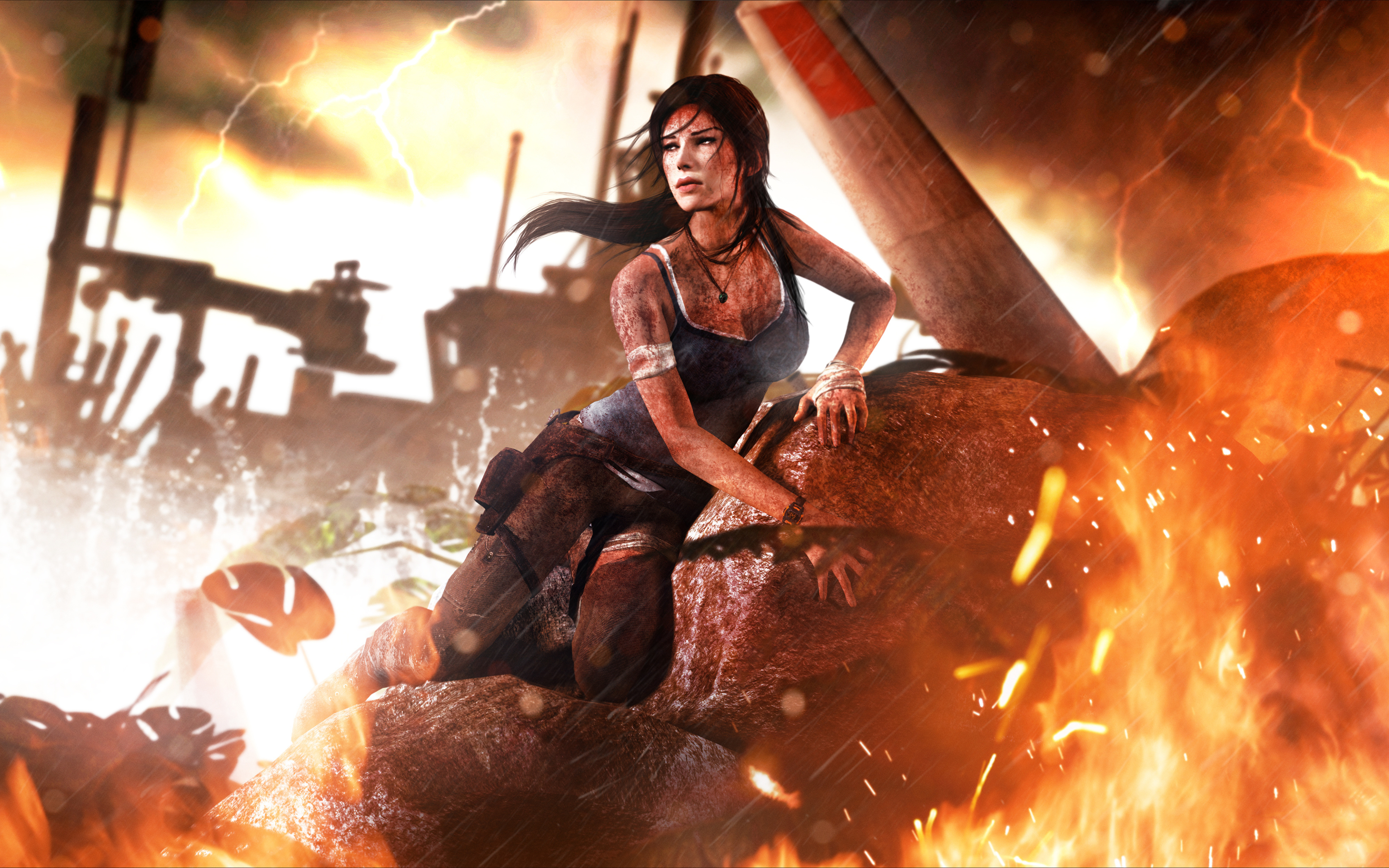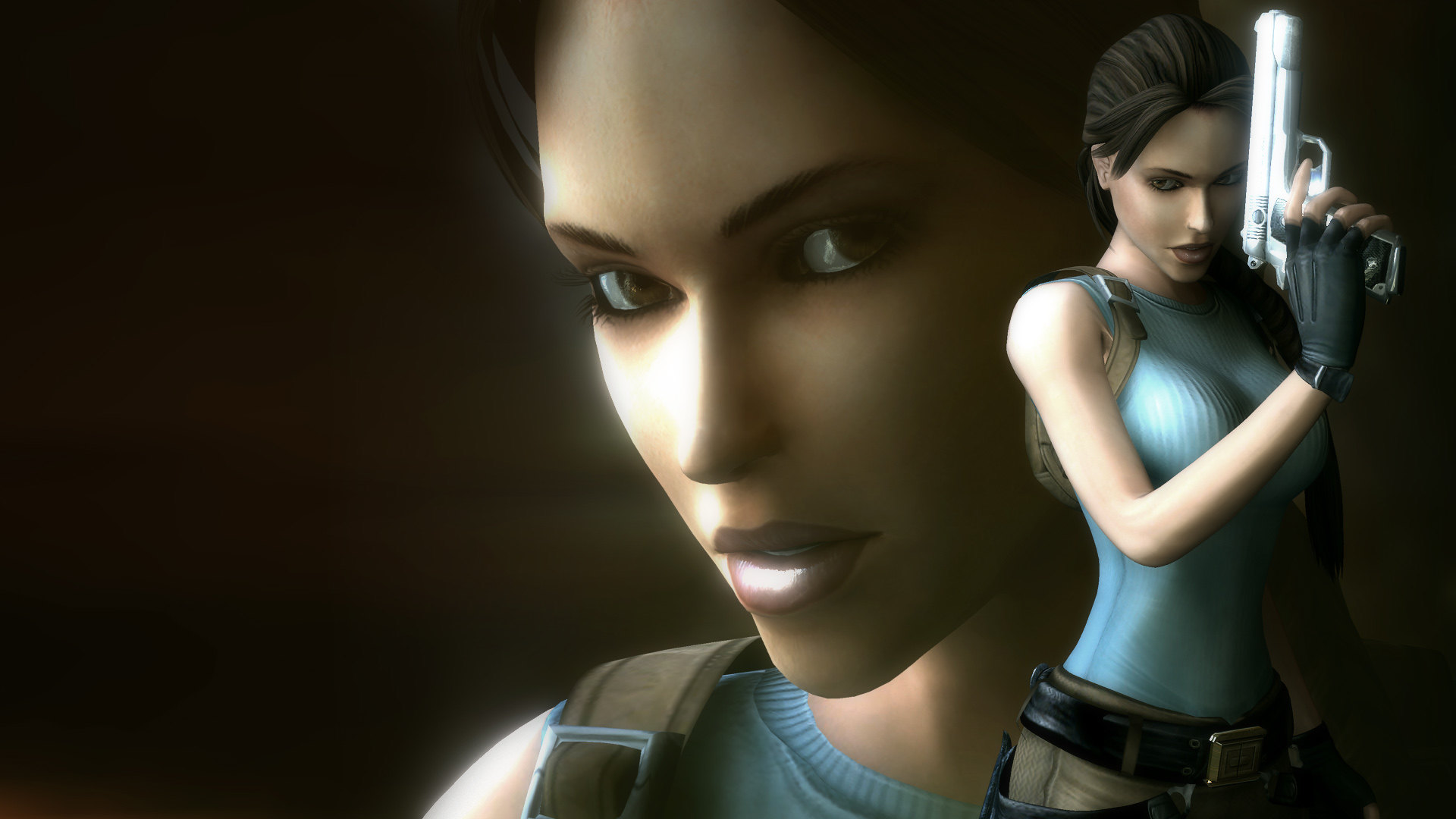

It was ultimately a generic set of team-building exercises with a Tomb Raider label slapped on it, and it made me quite sad. There wasn’t even a freezer in Croft Manor, to the immense disappointment of anyone who wasted an hour of their youth trying to trap her butler inside it in Tomb Raider 2. The loose plot made little sense none of the set-dressing had anything to do with Lara or the games when one of our team made a joke about skipping cut-scenes in front of one of the actors, they looked genuinely perplexed. I had a go last week and though it was vaguely entertaining in a Crystal Maze kind of way, it was honestly nothing to do with Tomb Raider. There’s a Tomb Raider Live Experience on in London at the moment, an hour-long escape room thing where you scramble under nets and crawl through dark passages and collect relics, following in Croft’s footsteps while actors pretend that you’re her students. In these moments Lara Croft isn’t just good with a pistol – she’s clever, and daring, and curious. I loved the (tellingly, optional) tombs, with their intricate puzzles and eureka moments. What I loved – what I wanted – were the moments where Lara emerged from some narrow cavern and into an unbelievable vista, some waterfall with a tomb concealed beneath an icy cave with an ancient wreck stuck improbably in the ice.
#Tomb raider series series#
The Croft we played in the 2015 sequel, Rise of the Tomb Raider, was more self-assured and capable, following a character arc that would have been quite satisfying if 2018’s Shadow of the Tomb Raider hadn’t absolutely fluffed it with a tonally disastrous pivot to Lara Croft as indiscriminate murderer of bad guys.Īnd what all these games did was turn Tomb Raider into a bit of a shooting gallery, an Uncharted-esque series of explosions and choke-holds and huge set-piece moments, all zip-lining towards a burning oil rig while aiming a rifle at mercenaries. 2013’s Tomb Raider reboot attempted to humanise Lara Croft by turning her into a young shipwrecked survivor on a dangerous island where horrible things kept happening to her and her friends it was good to play a Tomb Raider game in which Lara Croft actually felt like a person and had human relationships, but at times that game veered too close to the old trope of making female characters ‘relatable’ by making them vulnerable.

Scriptwriters make Lara Croft one-dimensional, a posh heroine with a suite of one-liners and impractically skimpy clothing, when actually she’s kind of a big nerd at heart she loves archaeology and ancient civilisations, she pores over artefacts, she’s bright and aristocratic, self-sufficient and tough and brave. I believe that only a few of the various people who have been in charge of Tomb Raider and Lara Croft over the years – from movie-makers to developers – have actually understood why it is that people love it.


Mostly she was alone in tombs, trying to disarm ancient booby-traps and make tricky leaps of faith. Lara had two pistols, but she rarely used them. The games, meanwhile – the best of them – were actually kinda quiet and cerebral (and frustrating, to be honest). A lot of women and girls – hi! – loved Lara Croft because she was a badass action hero, and in the absolute diversity desert of late 1990s and early 00s pop culture, she was pretty much all we had (her, and Buffy the Vampire Slayer) it’s not like we had a bunch of non-sexualised female characters to choose from instead. But I’ve always felt that Tomb Raider’s popularity is despite, rather than because of, the overt and deeply embarrassing sexualisation of Lara Croft. In the 1990s the series broke through because its star, Lara Croft, became a polygonal sex symbol, gracing the pages of lads’ mags and the cover of The Face. Tomb Raider is a game series that’s never really been what it should have been, if you ask me. You’d think Tomb Raider alone might at one point have been worth that much or more. But given the eyebrow-raising sums that have been flying around in the games industry lately – Sony paid $3.5bn for Bungie, a studio that currently has only one game (Destiny), and of course Microsoft is set to pay nearly $70bn for Activision-Blizzard and its suite of games – $300m seems quite the bargain. Not too long ago, this would have felt like big news purely because of the money involved. Swedish entrepreneur collective Embracer Group, a relative newcomer in gaming, is now the proud owner of studios in Montreal the US, and properties like Deus Ex, Thief and, of course, Tomb Raider. There’s been an interesting development in the games business this week: Square Enix, the Japanese company behind Final Fantasy, has sold off basically its entire North American business for $300m.


 0 kommentar(er)
0 kommentar(er)
